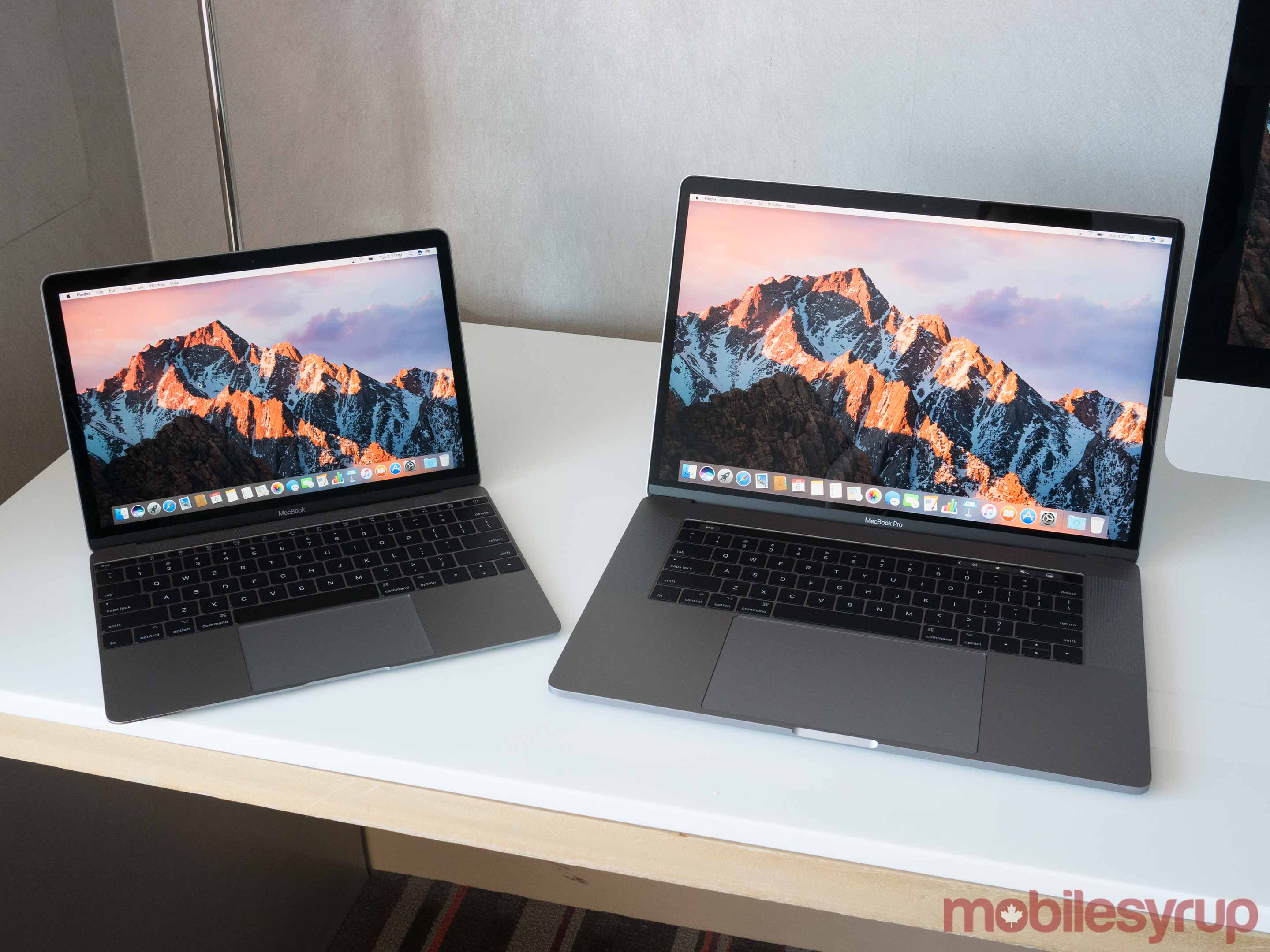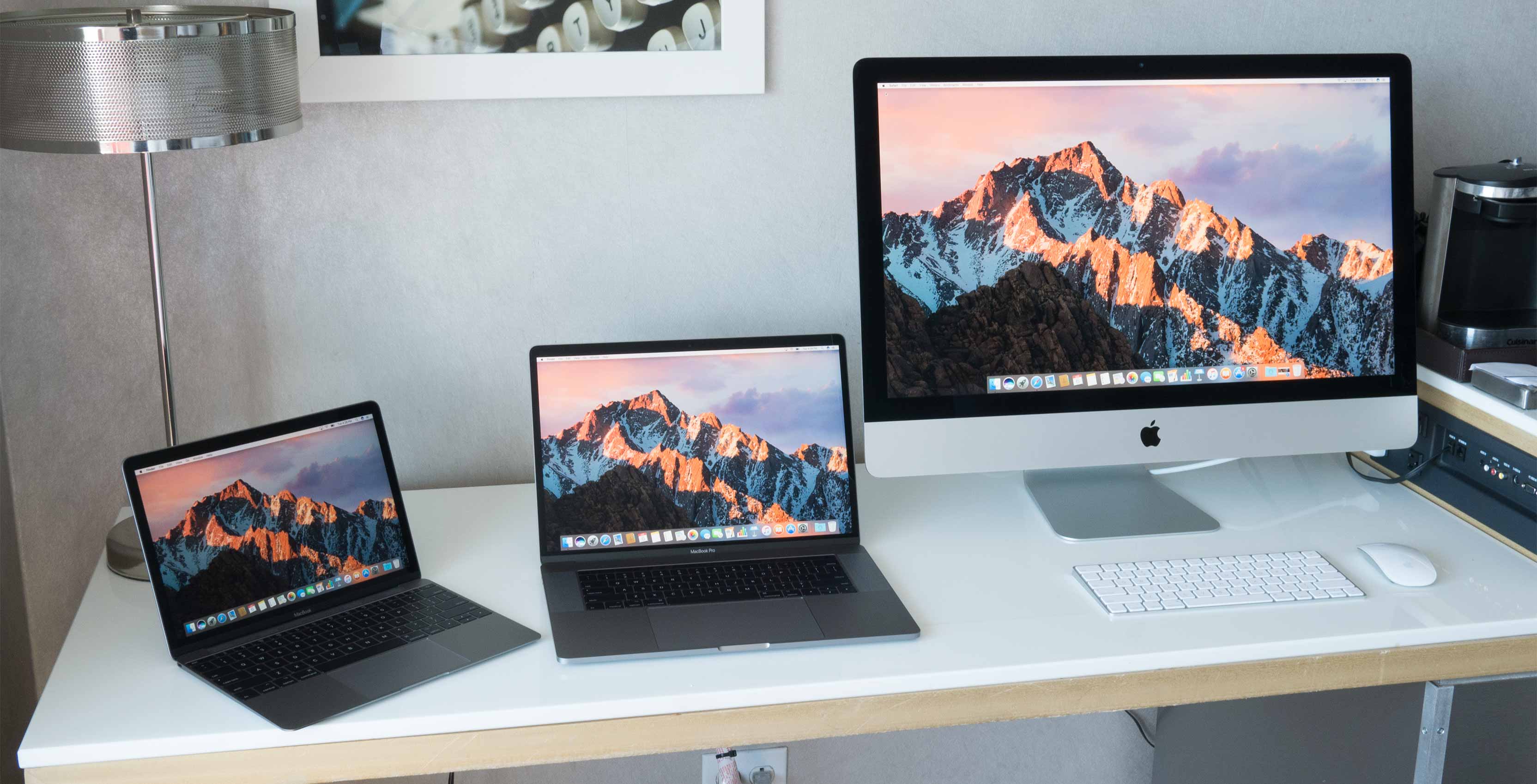
While Apple remains tight-lipped regarding its future overarching upgrade strategy involving its MacBook, MacBook Pro and iMac lineup, if WWDC 2017 is any indication of what we can expect in the future, it appears Mac hardware updates are set to drop at a significantly faster clip.
After going hands-on with the new 10.5-inch iPad Pro following Apple’s WWDC keynote and briefly watching a demonstration focused on the new Intel Kaby Lake MacBook Pro, MacBook and iMac lineup, I spent several hours testing out the company’s new computers in my hotel room.
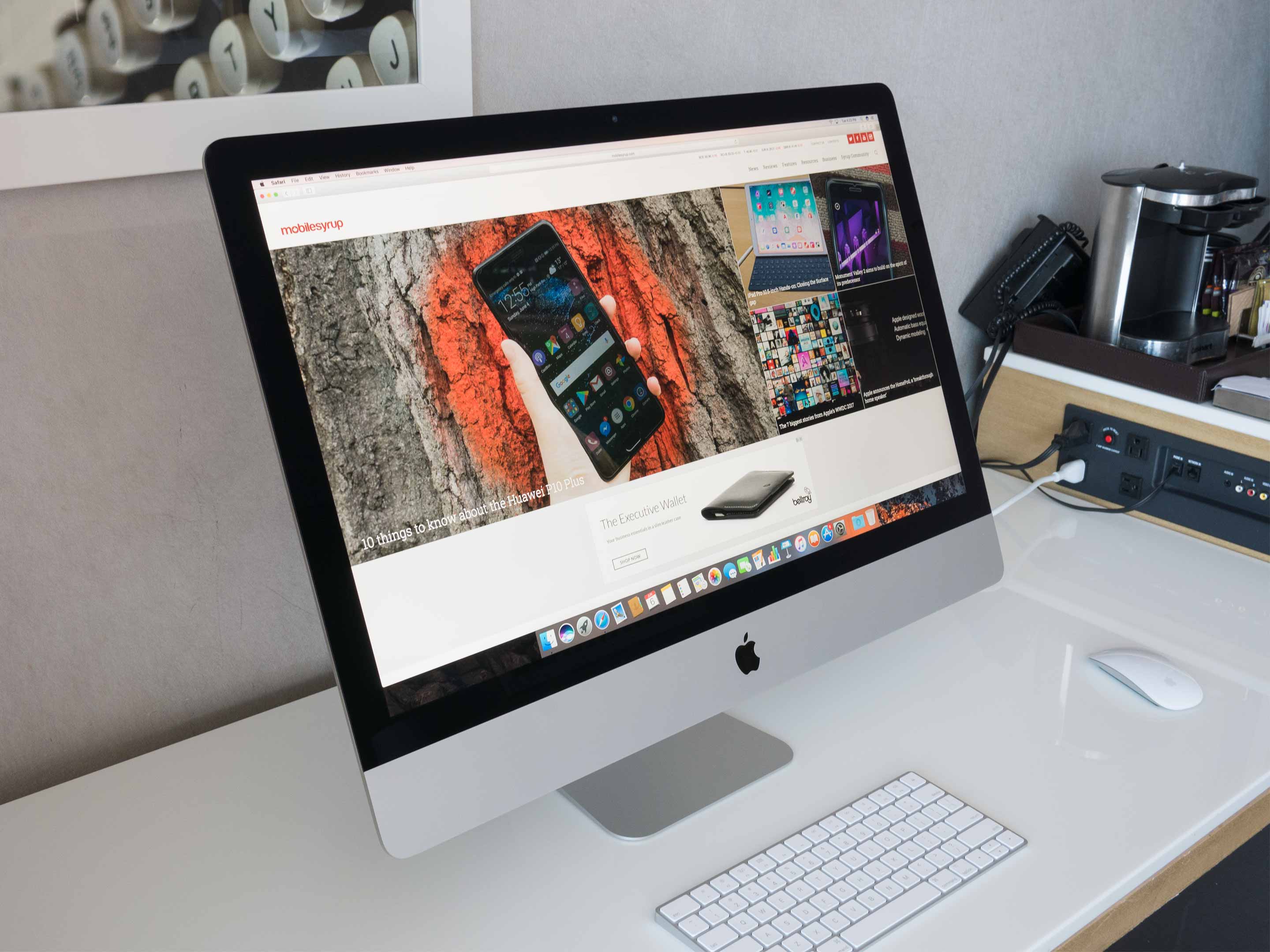
My time with the new 12-inch MacBook, 15-inch MacBook Pro and iMac amounted to roughly six to seven hours, which isn’t enough to put together a full review of any of the devices.
I have, however, compiled some of my initial impressions regarding Apple’s refreshed desktop and laptop line-up.
The iMac finally gets refreshed
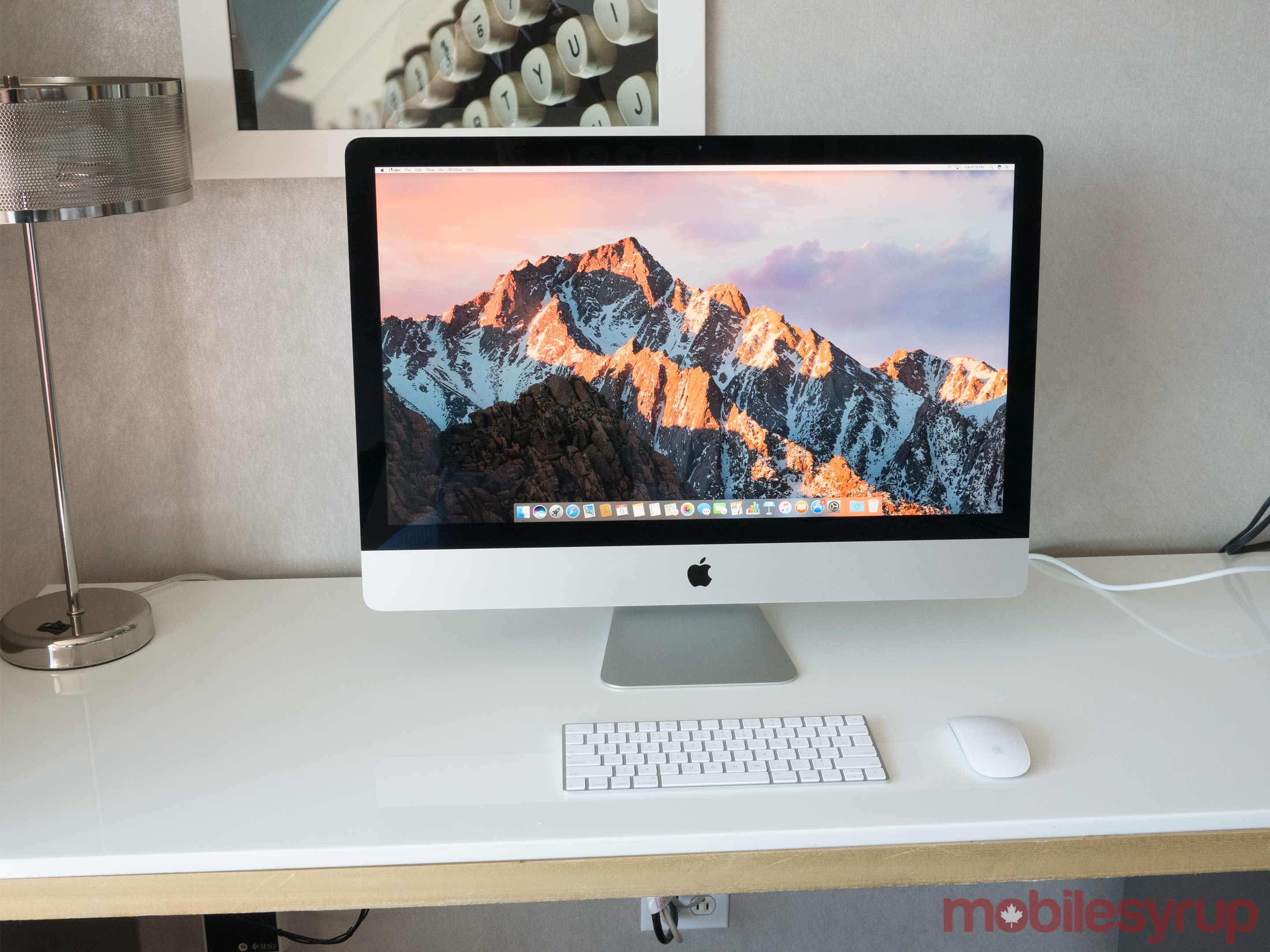
Apple’s iMac line has received a power boost thanks to the addition of Intel’s 7th generation Kaby Lake processors, coupled with the ability to support up to 32GB of RAM on the top-of-the-line 21.5-inch iMac and 64GB of RAM on the 27-inch 5K iMac — the model I spent time with.
It’s worth noting that the iMac physically looks the same as its predecessor; according to Apple, beyond the addition of rear vents the design of the all-in-one is the same. The overall design of the iMac has aged surprisingly well and the desktop is still one of the best all-in-one devices on the market, though Microsoft’s Surface Studio and its ‘Zero Gravity’ hinge certainly gives its main competitor a more futuristic look.

The iMacs also now come equipped with either a discrete Radeon 500-series GPU (555 or 560) or Intel’s new Iris Pro Graphics 640 integrated card.
Apple’s Fusion Drive — the company’s take on hard drive/solid-state hybrid storage — is also now standard on all 27-inch iMacs and is an option on the 21-inch version.
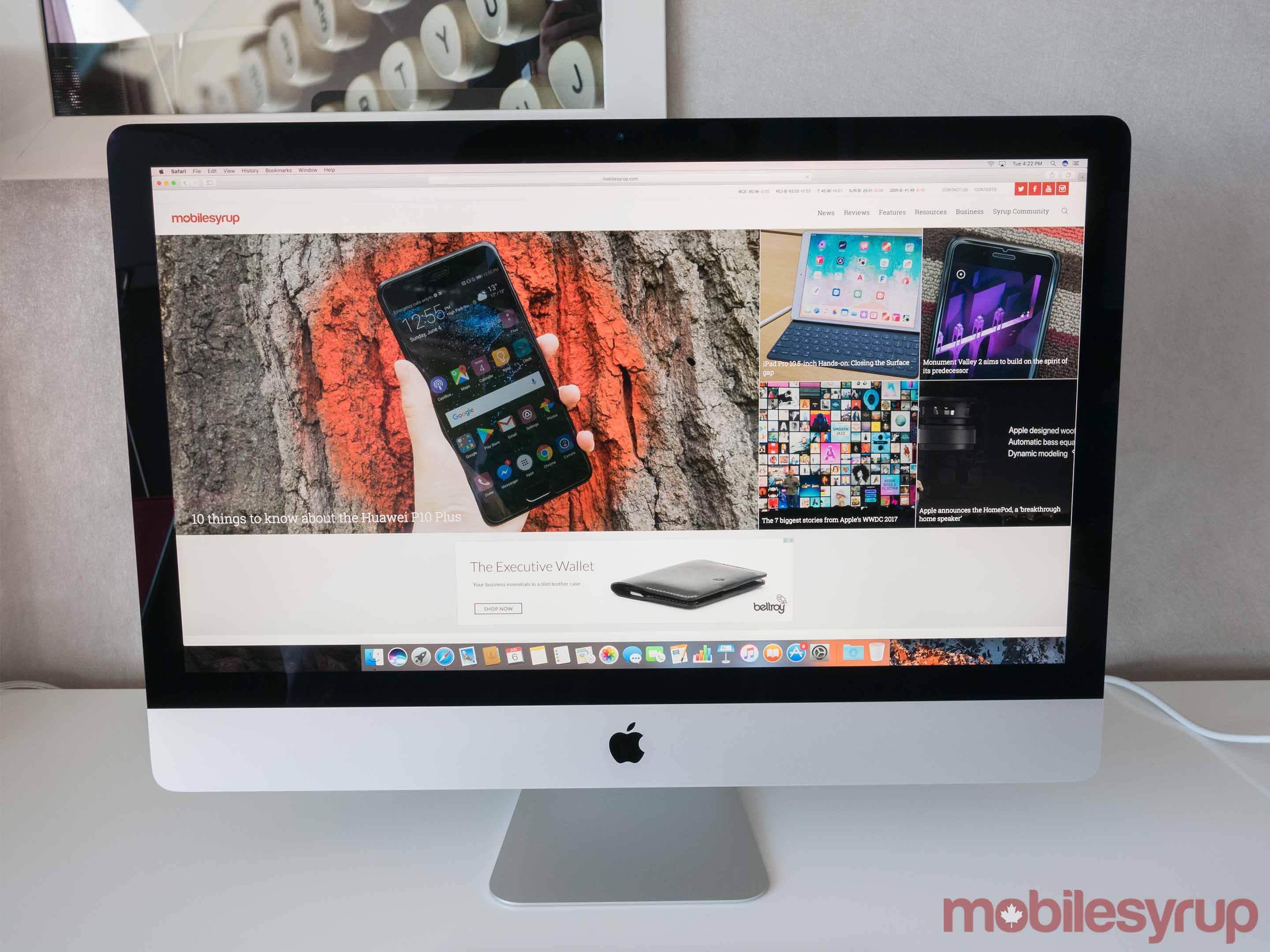
Additionally, Apple has opted for an interesting array of ports with the new iMac, mixing USB-C Thunderbolt 3-capable plugs with standard USB 3.0. The iMac features a 3.5mm headphone jack, built-in SDXC card reader, Gigabit Ethernet, three USB 3.0 ports and two USB-C ports.
Since the launch of the original 12-inch USB-C MacBook, Apple has been sharply criticized for not offering a mix of USB-A 3.0 ports and USB-C Thunderbolt ports, with the company instead going all-in on USB-C for its current MacBook and MacBook Pro line. Conversely, Microsoft caught flack for avoiding USB-C altogether in its latest Surface Pro refresh and even with the Surface Laptop.
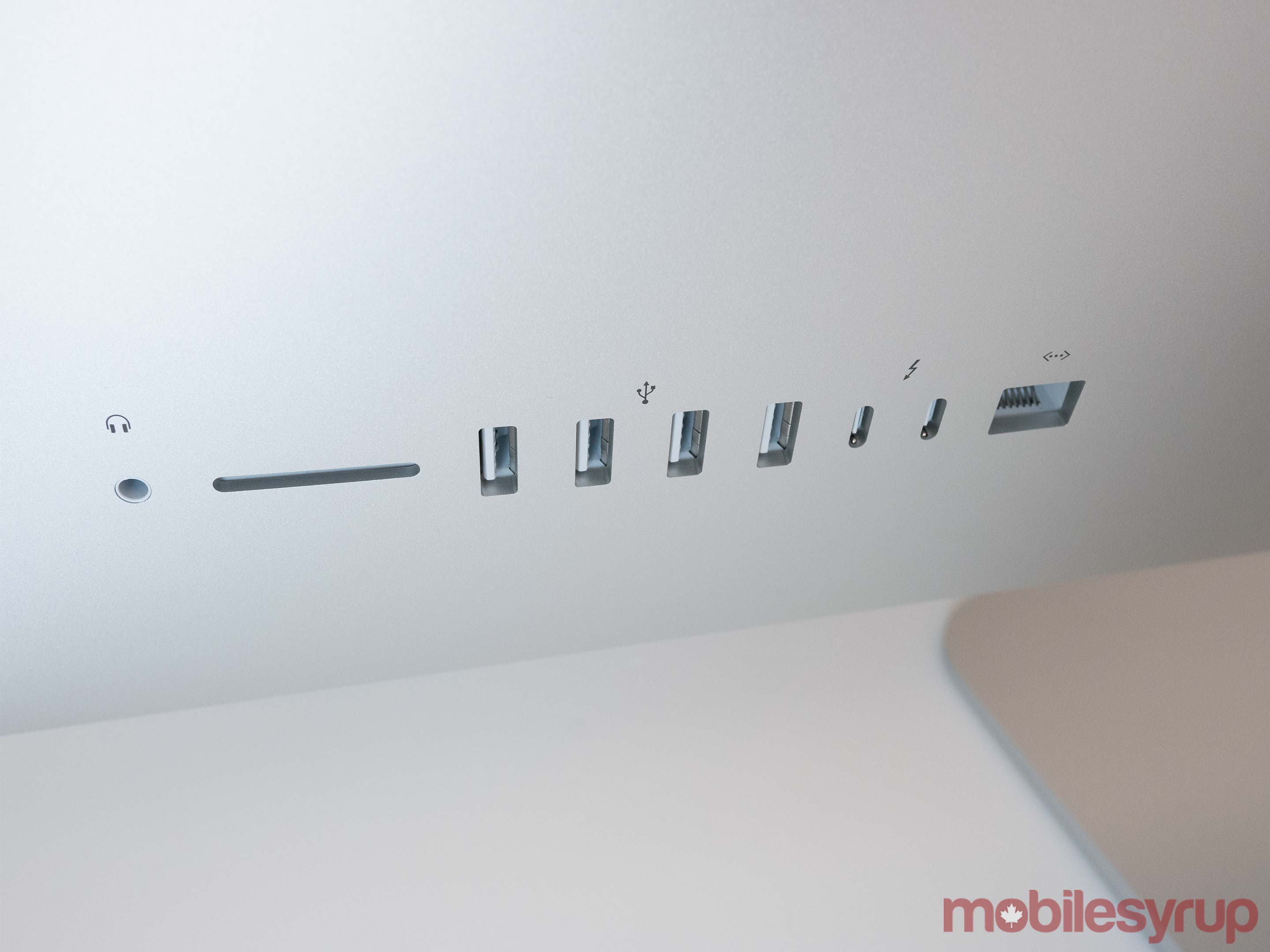
Another significant upgrade to the new iMac is the all-in-one computers ability to push out 500 nits of brightness coupled with 10-bit dithering in its display. I’m far from an expert on display technology, but I spent time watching 4K YouTube videos and streaming content with Netflix via the iMac and found the the screen is absolutely stunning.
While I haven’t gone hands-on with it yet, Apple also revealed the work space powerhouse 27-inch iMac Pro, complete with a 5K display, and Intel’s new Xeon processors that can be paired with up to 128GB of memory. On the graphics side of the spectrum, this computer rocks AMD’s new Vega graphics with up to 16GB of VRAM.
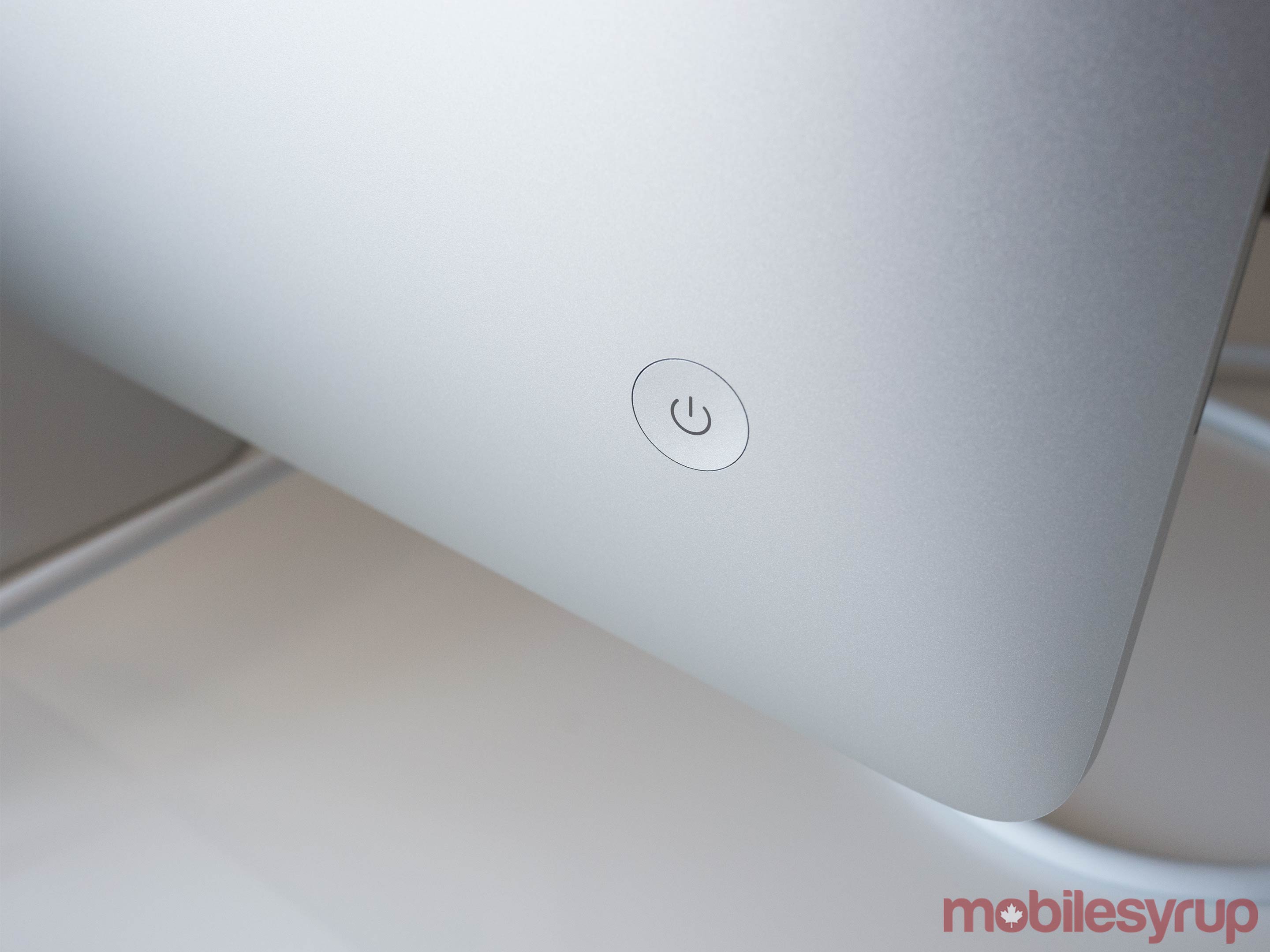
The version 27-inch iMac I tested out featured an Intel 4.2GHz processor, 16GB of DDR4 RAM and discrete Raedon Pro 580 8192MB graphics card. I browsed the internet, watched 4K video and spent some time batch editing photos in Photoshop Creative Cloud and didn’t run into any performance hiccups.
It’s likely this standard but long-overdue update to the iMac line was motivated by the rise of virtual and augmented reality, two burgeoning technologies the Apple has been slow to embrace.

The most affordable 21.7-inch 4K iMac starts at $1,399 CAD and is available to order right now on Apple’s Canadian website.
Kaby Lake hits the MacBook Pro and MacBook
While those who recently bought Apple’s controversial USB-C MacBook Pro line are likely frustrated with the processor update to Kaby Lake, this rather quick hardware increase is hopefully a sign of a shift in strategy for the tech giant regarding the adoption of new processor technologies.
While I spent less time with both the 15-inch MacBook Pro and the 12-inch MacBook during my subsequent hands-on time with Apple’s new devices, the company has improved both laptops (including the 13-inch Pro model that I didn’t test out) in a number of ways when it comes to internal hardware.

It’s important to point out that in terms of design and build quality, both laptops are identical to last year’s iterations, apart from the switch to the new version of Apple’s Butterfly keyboard for the 12-inch MacBook
The more interesting move here, however, is that the 15-inch MacBook Pro with Touch Bar now offers Radeon discrete graphics in both its iterations, a shift from last year’s model.

Similar to the iMac, I tested out Photoshop, browsed the internet and watched 4K video with the 15-inch MacBook Pro and didn’t run instances of lag I sometimes experience with the 13-inch MacBook Pro I’ve been using for the last few months.
The 12-inch MacBook on the other hand, is a device I’ve criticized in the past for not being powerful enough for my purposes. The addition of Kaby Lake architecture, which means the 12-inch MacBook now supports up to a 1.4 GHz Core i7 processor with Turbo Boost up to 3.6 GHz, coupled with up to 16GB of RAM, results in Apple’s smallest laptop packing significantly more power. In the brief amount of time I spent with the device, I didn’t run into any instances of slowdown and this isn’t something I was able to say about the previous iteration.

The new MacBooks are available online in the Apple Store now. The 13-inch non-Touch Bar MacBook Pro with two Thunderbolt 3 ports starts at $1,729, while the 13-inch MacBook Pro with Touch Bar begins at $2,399 CAD. The core i5 Kaby Lake 12-inch MacBook starts at $1,729. It’s also worth noting that the SSD drives across Apple’s entire MacBook line have been updated, as well.
Overall, Apple’s update to the MacBook line indicate that the company is committed updating its hardware more frequently — the same can be said about its long overdue internal update to the iMac.
In terms of the MacBook, however, the spec boost doesn’t address issues related to USB-C and the inevitable #donglelife or the lack of software available for the Touch Bar. It’s also still in clear if the update to Kaby Lake fixes the MacBook Pro line’s frustrating battery life related issues, though Apple claims the laptop is capable of getting roughly one additional hour of power.
MobileSyrup may earn a commission from purchases made via our links, which helps fund the journalism we provide free on our website. These links do not influence our editorial content. Support us here.

